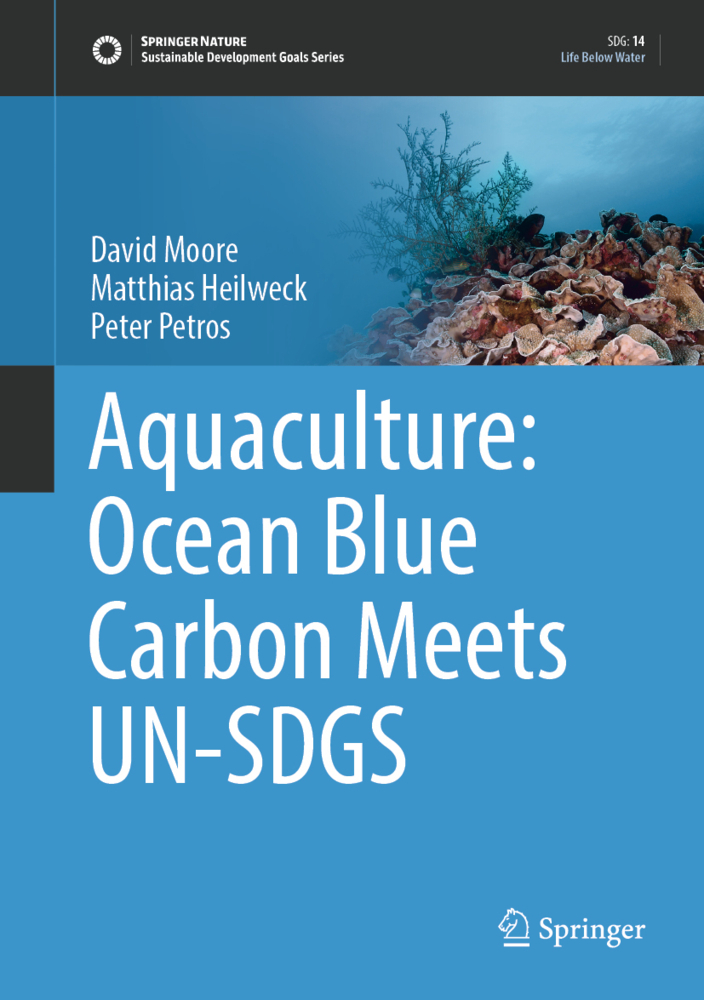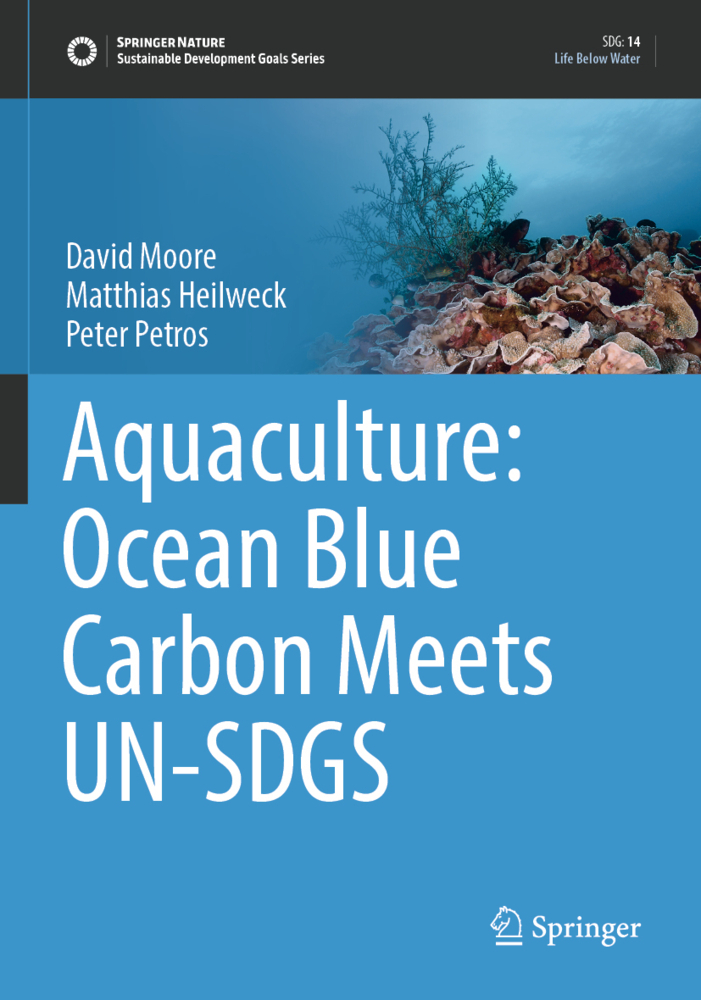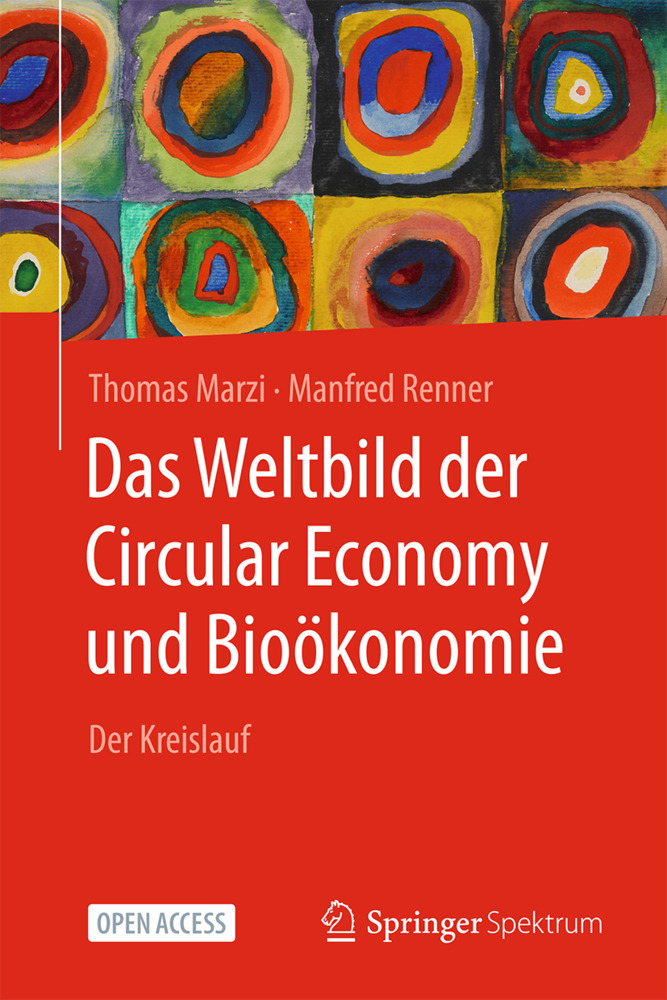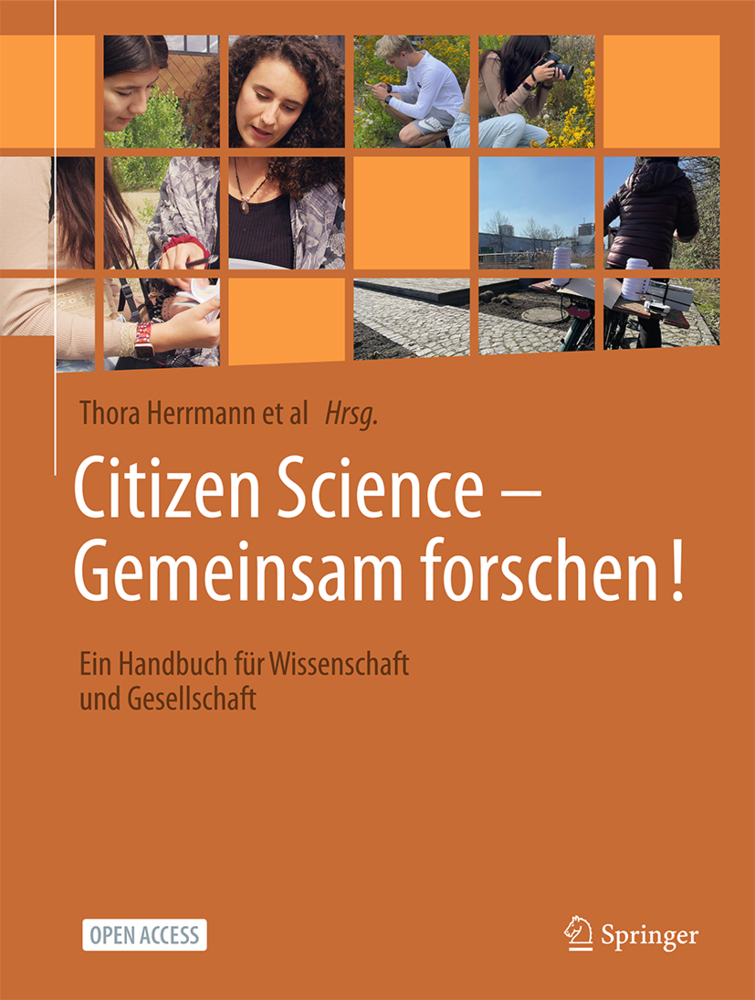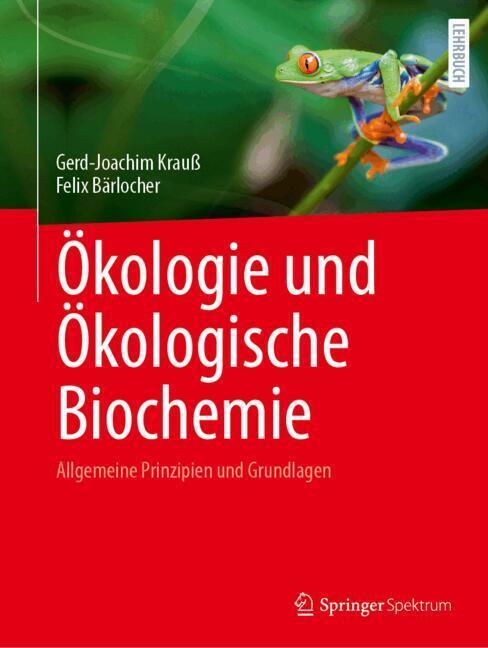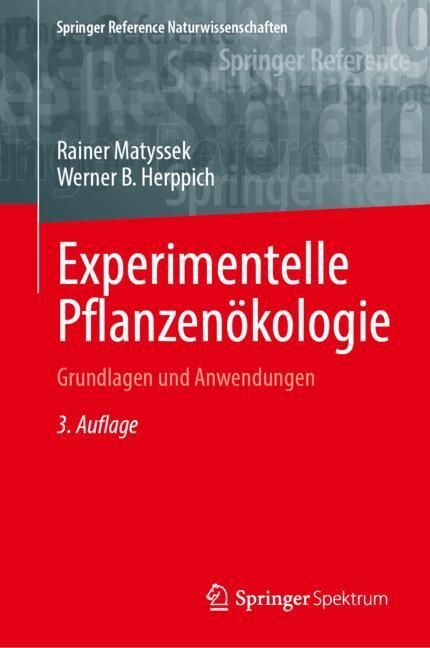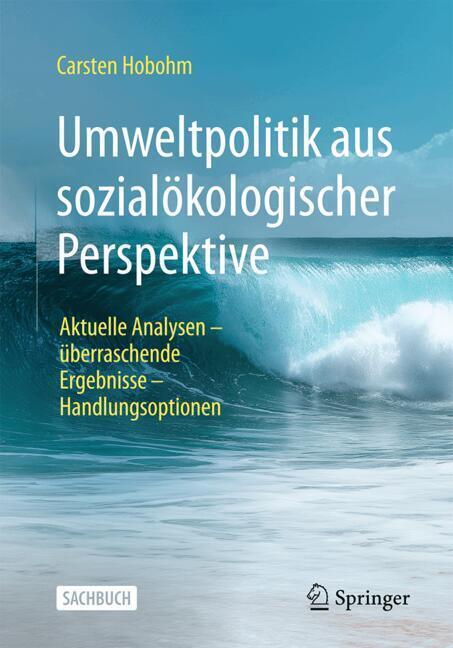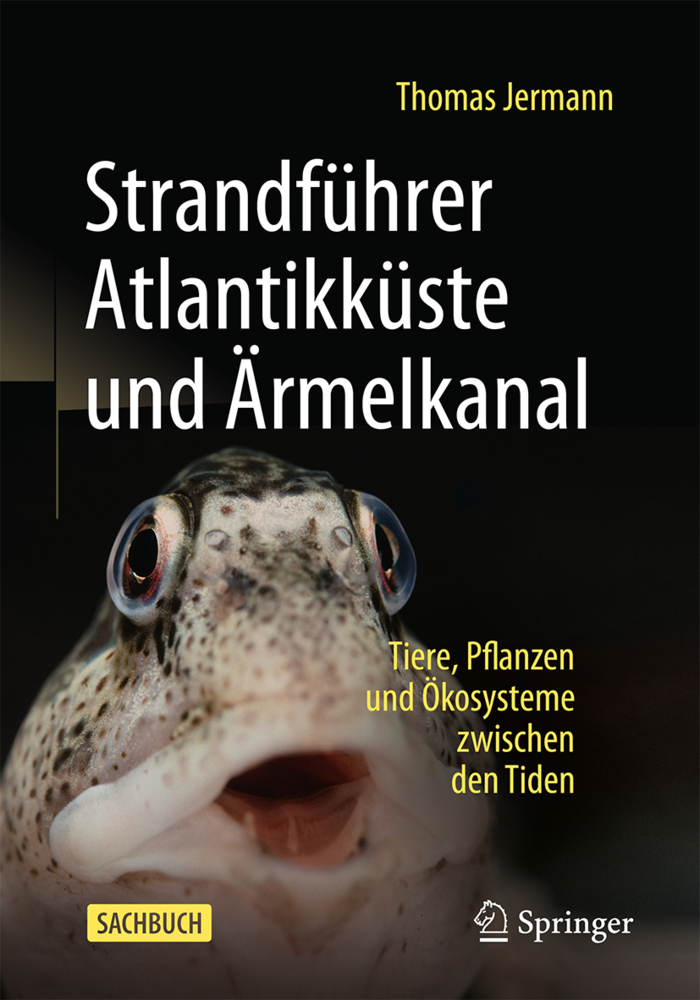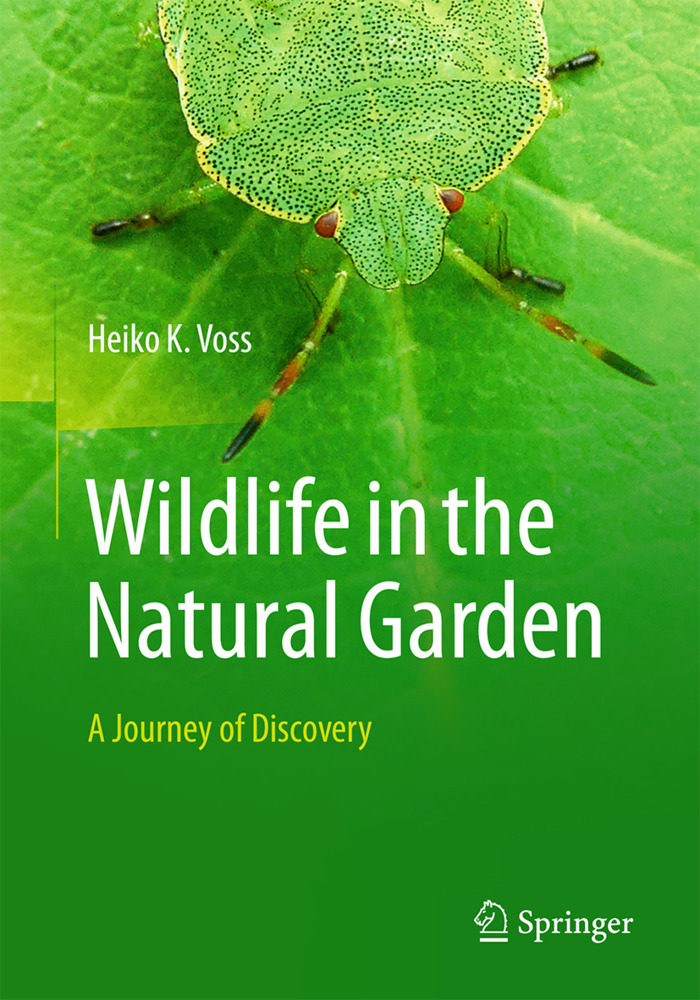Aquaculture: Ocean Blue Carbon Meets UN-SDGS
This book presents a solutions based approach to reducing and removing CO2 from the atmosphere transforming it into solid (crystalline) CaCO3 through the ability of marine organisms such as molluscs, crustacea, corals, and coccolithophore algae. The overwhelming advantage of this approach is that it promises enhanced climate mitigation in comparison to planting forests, industrial/engineering carbon capture and storage process. It also provides a sustainable food resource. Furthermore, it would improve the ocean's biodiversity at the same time as the excess atmospheric CO2 released by our use of fossil fuels is returned to the place it belongs - as a present day fossil, safely out of the atmosphere to the distant future. If the level of finance and global effort that are readily foreseen for forest management and flue gas treatments were applied to expansion of global shellfish cultivation, curative amounts of carbon dioxide could be permanently removed from the atmosphere within afew decades. The concept presented in this book could have a profound influence on the life of the planet.
Diagnosing the Problem
Cultivate Shellfish to Remediate the AtmosphereAquaculture: Prehistoric to Traditional to Modern
The High Seas Solution
Farming Giant Clams in 2021: a Great Future for the 'Blue Economy' of Tropical Islands
Coccolithophore Cultivation and Deployment
Comparing industrial and biotechnological solutions for carbon capture and storage
What should be done.
Moore, David
Heilweck, Matthias
Petros, Peter
| ISBN | 978-3-030-94845-0 |
|---|---|
| Artikelnummer | 9783030948450 |
| Medientyp | Buch |
| Auflage | 1st ed. 2022 |
| Copyrightjahr | 2022 |
| Verlag | Springer, Berlin |
| Umfang | XVII, 253 Seiten |
| Abbildungen | XVII, 253 p. 69 illus., 64 illus. in color. |
| Sprache | Englisch |

